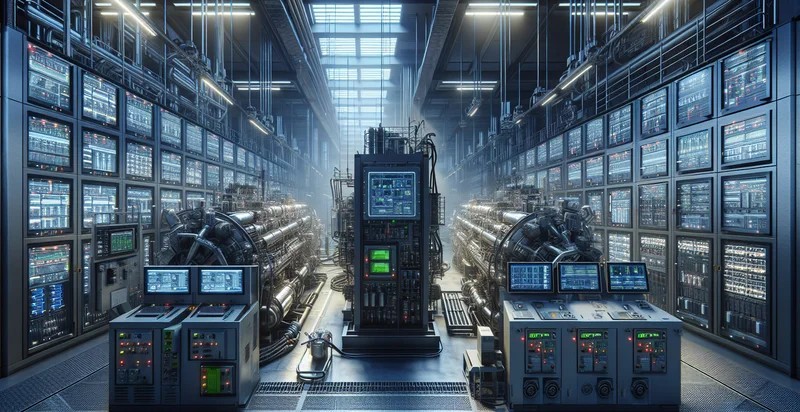Identify transformer conditions
using AI
Below is a free classifier to identify transformer conditions. Just upload your image, and our AI will predict the conditions under which the transformer operates - in just seconds.

Contact us for API access
Or, use Nyckel to build highly-accurate custom classifiers in just minutes. No PhD required.
Get started
import nyckel
credentials = nyckel.Credentials("YOUR_CLIENT_ID", "YOUR_CLIENT_SECRET")
nyckel.invoke("transformer-conditions", "your_image_url", credentials)
fetch('https://www.nyckel.com/v1/functions/transformer-conditions/invoke', {
method: 'POST',
headers: {
'Authorization': 'Bearer ' + 'YOUR_BEARER_TOKEN',
'Content-Type': 'application/json',
},
body: JSON.stringify(
{"data": "your_image_url"}
)
})
.then(response => response.json())
.then(data => console.log(data));
curl -X POST \
-H "Content-Type: application/json" \
-H "Authorization: Bearer YOUR_BEARER_TOKEN" \
-d '{"data": "your_image_url"}' \
https://www.nyckel.com/v1/functions/transformer-conditions/invoke
How this classifier works
To start, upload your image. Our AI tool will then predict the conditions under which the transformer operates.
This pretrained image model uses a Nyckel-created dataset and has 5 labels, including Brand New Condition, Excellent Condition, Fair Condition, Good Condition and Poor Condition.
We'll also show a confidence score (the higher the number, the more confident the AI model is around the conditions under which the transformer operates).
Whether you're just curious or building transformer conditions detection into your application, we hope our classifier proves helpful.
Related Classifiers
Need to identify transformer conditions at scale?
Get API or Zapier access to this classifier for free. It's perfect for:
- Quality Control in Manufacturing: This function can be employed in manufacturing industries to identify defects in product images. By analyzing images of products in real-time, the system can classify false images that do not meet the specified quality conditions, allowing for immediate corrective actions.
- Fraud Detection in E-commerce: In online retail, the tool can analyze product images uploaded by sellers to verify authenticity. By identifying misleading or false images that do not represent the actual product, it helps maintain trust in the platform and reduces returns related to misrepresented products.
- Content Moderation in Social Media: Social media platforms can utilize this function to monitor user-uploaded images for harmful or fraudulent content. By classifying false images, platforms can enforce community guidelines, ensuring a safer environment for users.
- Medical Imaging Analysis: In healthcare, the identifier can assist in analyzing medical images to detect anomalies or false representations of health conditions. This can improve diagnostic accuracy and aid in differentiating between genuine medical issues and imaging artifacts.
- Autonomous Vehicle Safety: Self-driving cars can use the identifier to process images captured by onboard cameras to ensure they accurately represent surroundings. By classifying false images, the system can enhance decision-making, particularly in complex or unusual driving conditions.
- Art and Antique Valuation: In the art market, experts can use the function to verify the authenticity of images associated with artworks or antiques. By identifying false representations, this tool helps appraisers provide accurate valuations and maintain the integrity of the collectibles market.
- Wildlife Monitoring: Conservation organizations can implement the identifier to analyze images from camera traps intended for wildlife monitoring. By filtering out false images caused by non-target animals or environmental factors, the system can provide more accurate data on animal populations and behaviors.


